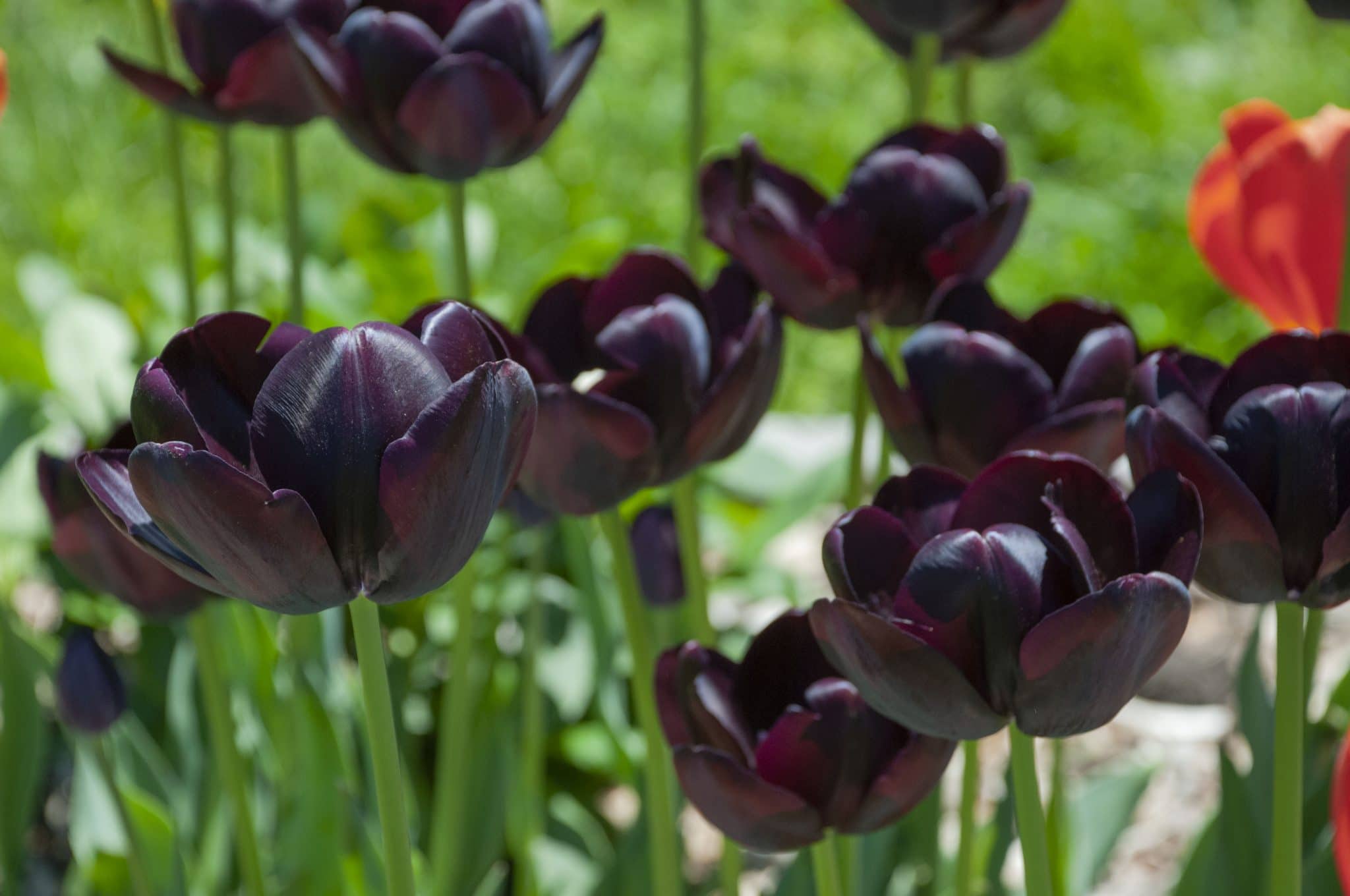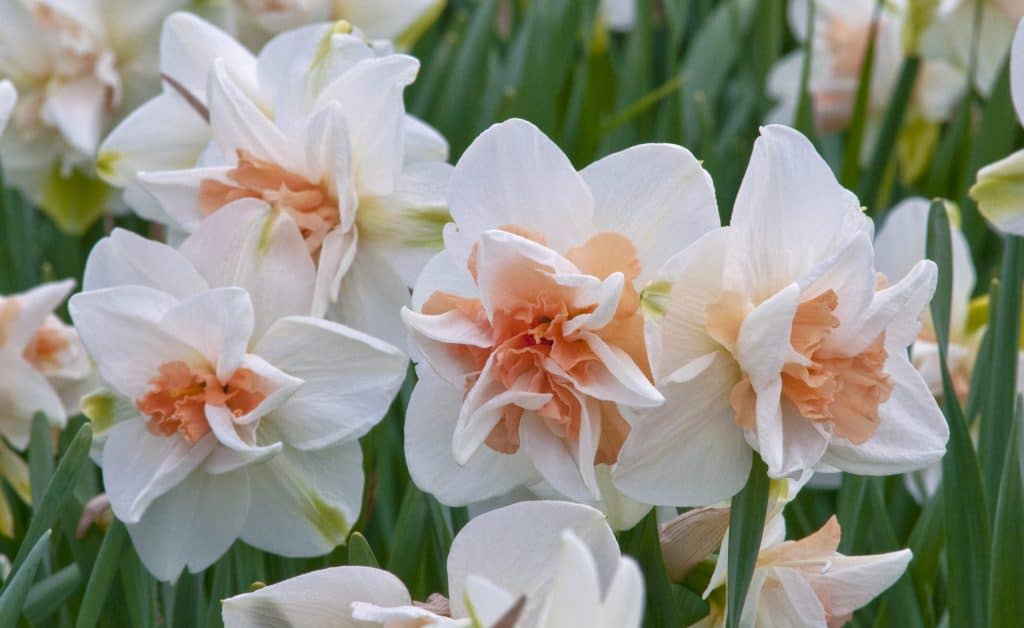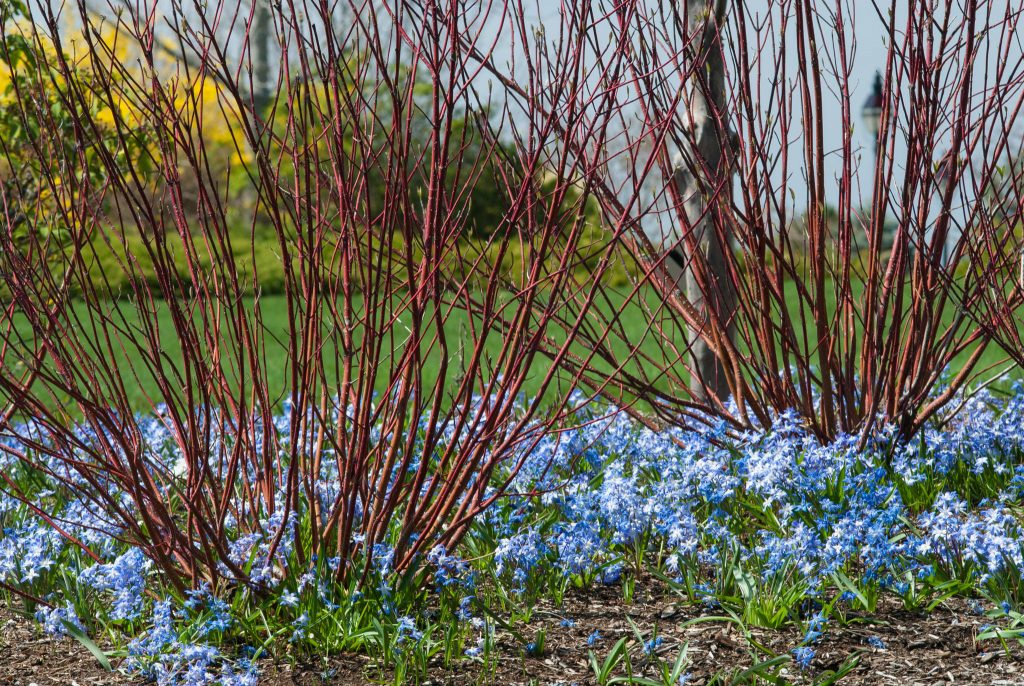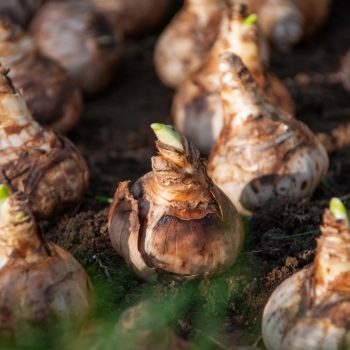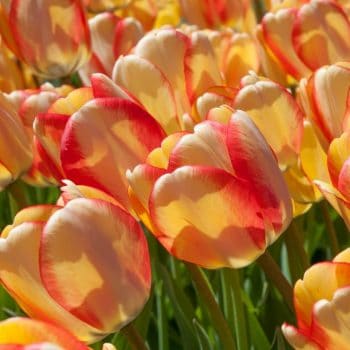There are plenty of bulb myths floating around, especially when it comes to tulips and daffodils. Let’s set the record straight on a few of the most common misconceptions.
1. The Black Tulip
There are no black tulips, though a few varieties come pretty close. They look black on a cloudy day, but with the sun behind them they show their true color: eggplant. We carry Queen of Night. It adds depth to bright colors.
2. Pink-Cupped Daffodils
In daffodils, “pink” is a relative term. Some catalogs and websites show daffodils with clear pink or even blue-pink cups, but what you see in your garden is salmon or apricot or peach. Yes, it’s pink compared to the usual daffodil colors (yellow, white, and orange) and it’s beautiful, but baby pink it’s not. (To see our pink-cupped daffodils, see our Apricot color listing.)
3. The Blue Tulip
There is no such thing as a blue tulip. You’ll find tulips described and pictured as blue in catalogs and on the web, but when spring comes, the blue you longed for will be just another (lovely) shade of lilac, violet, or plain old purple. Despite the ever-growing range of tulip colors, blue is still just a hybridizer’s dream. (There are other spring-flowering bulbs that make flowers in shades of blue. See them all by selecting blue on the product filter.)
4. You Can Plant Tulips at Any Time of Year
All spring-flowering bulbs make roots in the fall, grow and flower in the spring, and then go dormant in summer. The only time to plant them is in the fall (September to December), when the soil has cooled down. If someone has leftover bulbs for sale in spring or early summer, beware: chances are good the bulbs are dry and dead, and even if somehow they are still alive, they are unlikely to flower properly.

